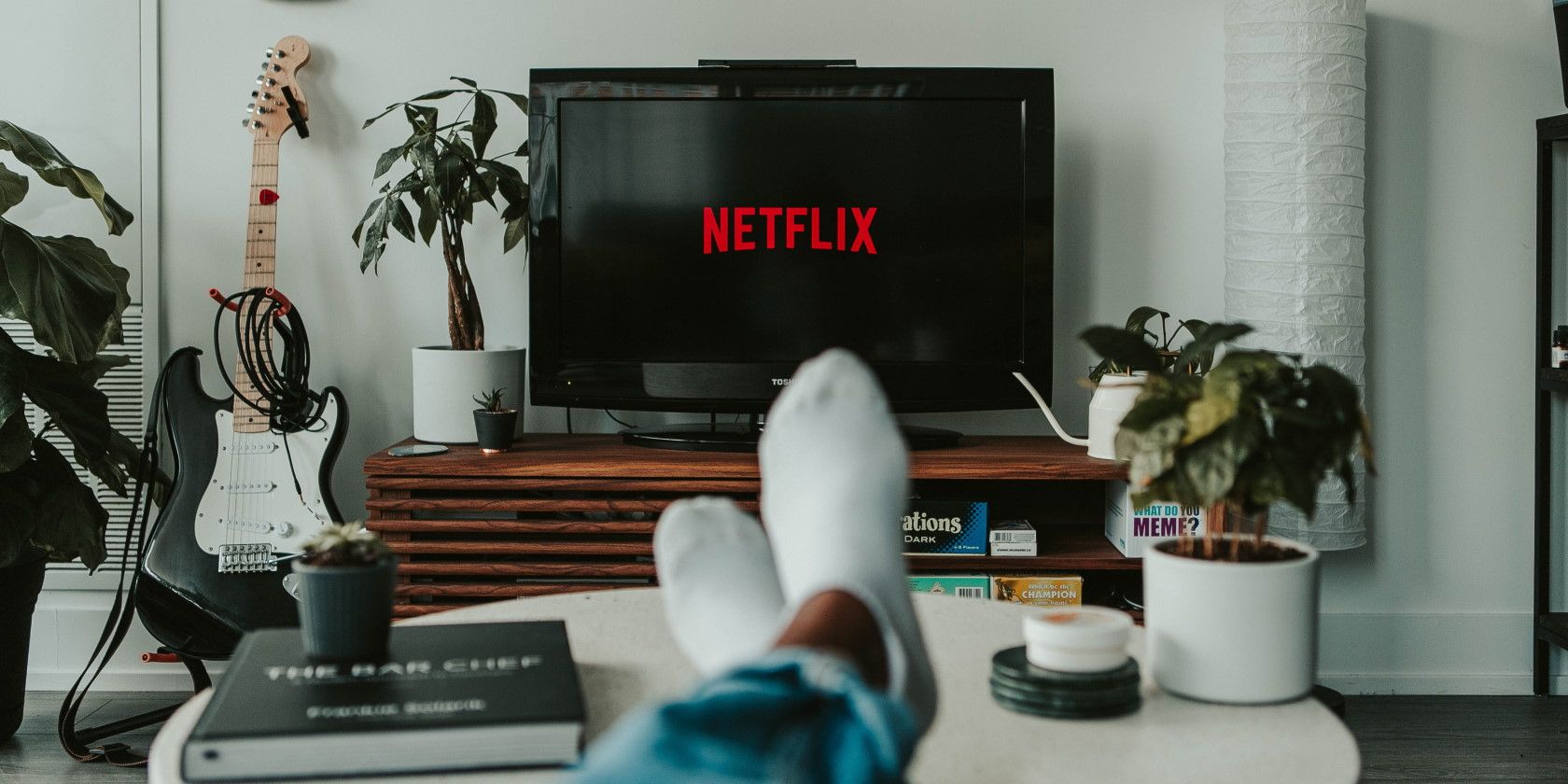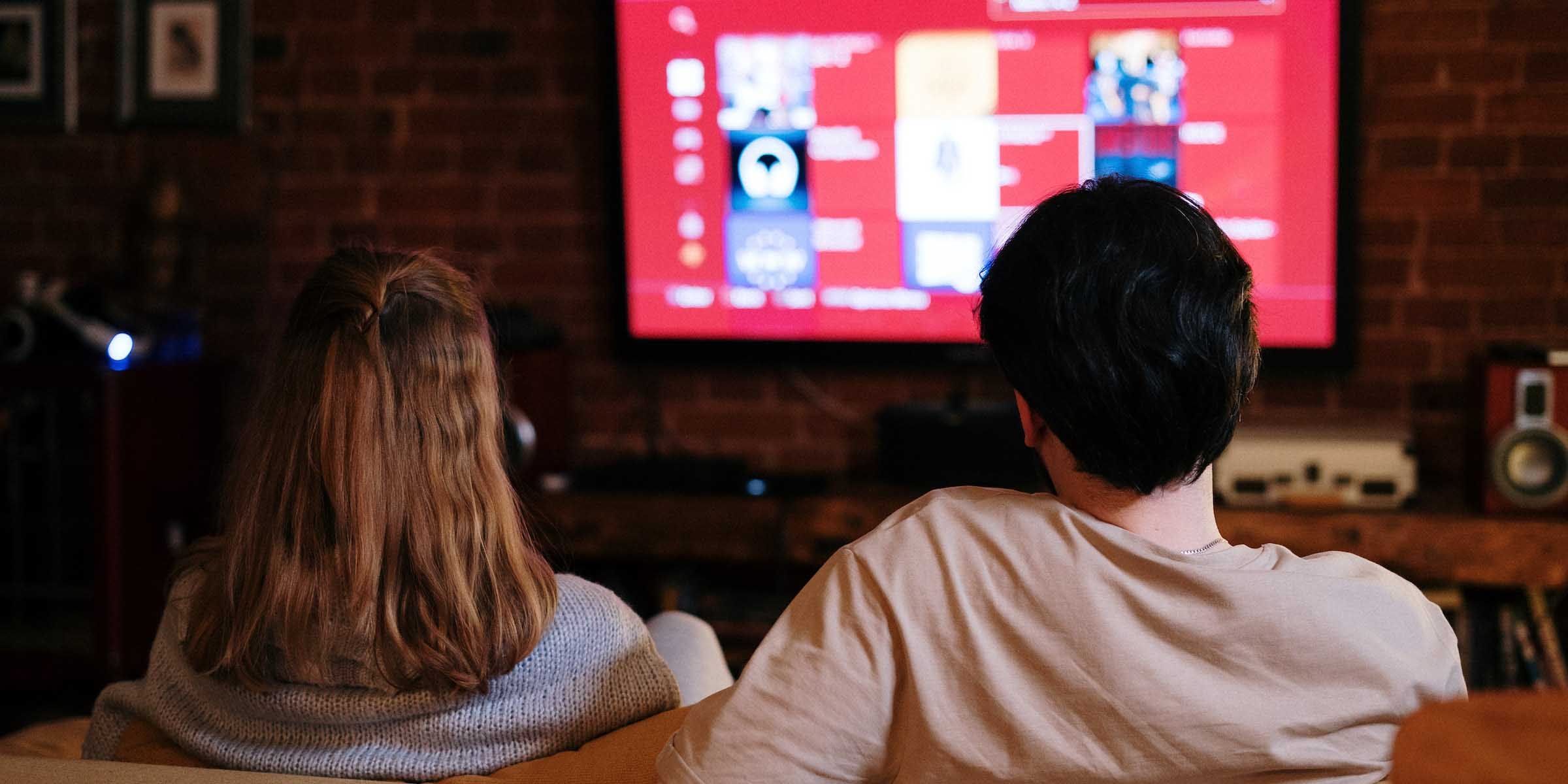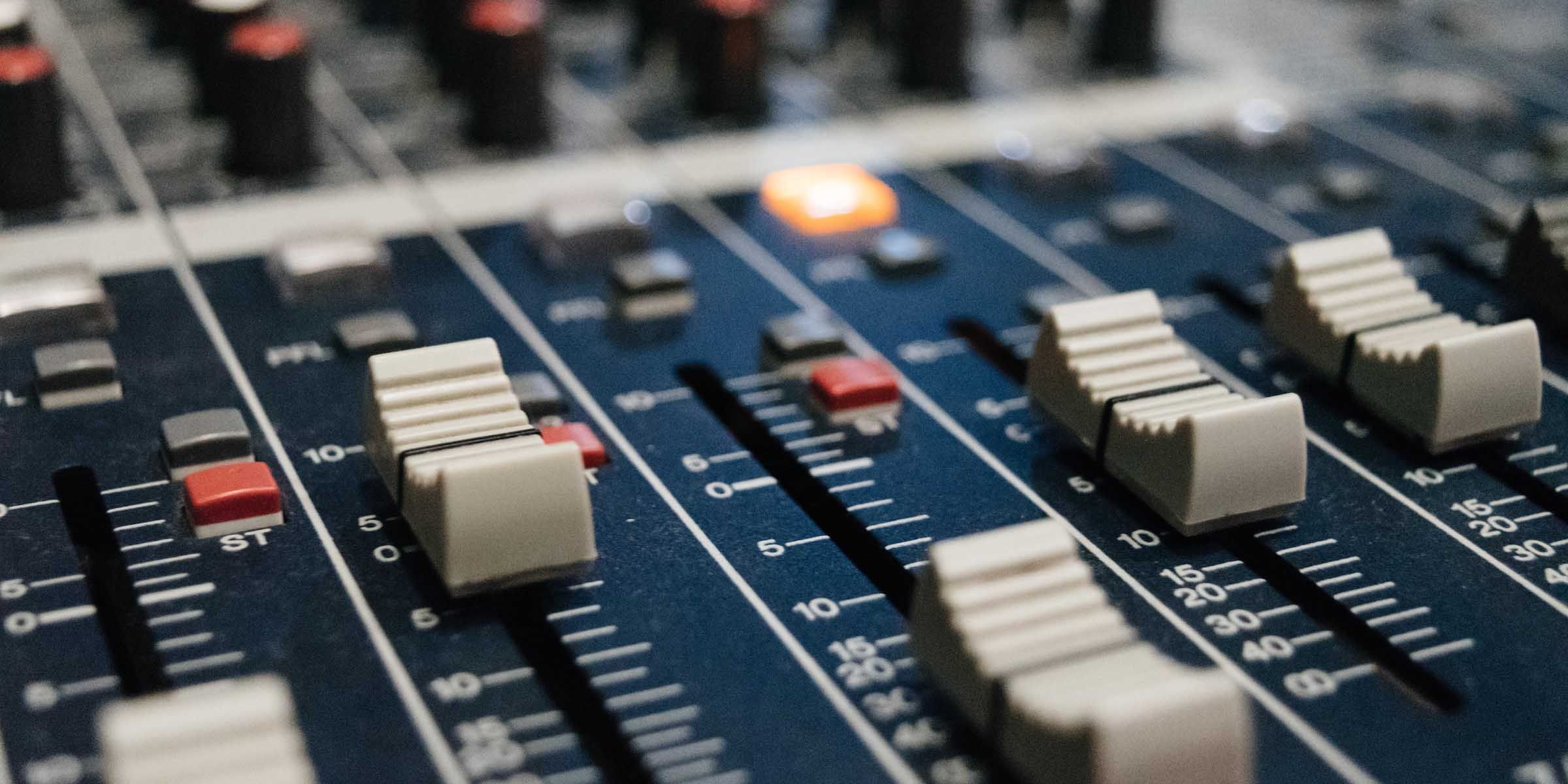If you have trouble hearing dialogue on your smart TV, you are not alone. This is a common problem with smart TVs where dialogue is either too soft to hear properly or extremely difficult to pick up in films and TV shows. This can happen for a variety of reasons, but it could be fixed by simply adjusting some of your smart TV settings. Here’s what you need to know.
Why Is Dialogue Bad on TV?
There are several reasons dialogue on your smart TV might be difficult to follow. Here are some of them.
Smart TVs Are Thinner and Lighter Than Ever
TVs have become thinner and more compact over the years, and there is little room for large, robust speakers. This has caused TV audio to take a hit; the tinny, resonating sounds coming from your smart TV can distort dialogue clarity.
Film Audio Is Made for Theater Settings
Films, more so than TV shows, have scenes that vary greatly in their loudness, chiefly suited to the cinema environment. Also, we tend to set the TV volume so that the loud scenes aren’t too noisy. This makes the spoken word difficult to understand.
Speech Patterns Have Shifted in Media
Another reason dialogue is difficult to hear on TV is the increased popularity of short-form content and longer commercial breaks on TV. This requires a lot of dialogue to be crammed into a short time, and breeds fast talking and rapid dialogue. And when people talk fast in movies and on television shows, sometimes what they say is not very clear.
Content Styles/Direction Can Lead to Unclear Dialogue
Often, in TV shows there is background music playing when people are talking. This can contribute to the difficulty you may face in hearing clearly what’s being said.
Your TV Settings May Not Be Ideal for Audio
Inaudible dialogue can also have to do with the audio setup on your smart TV. That is something that can be fixed somewhat easily.
There are other factors that cause spoken audio to be difficult to understand, but they have to do with the way you set up your seating area in relation to your smart TV, as well as the acoustics of your room, which can muffle certain frequencies of sound.
How to Remedy the Problem
Try these fixes to improve dialogue on your smart TV and be better able to hear what people in movies and TV shows are saying.
Reduce the Bass
Not all smart TVs have an equalizer, but if you have one that does, you could try changing the default setting or switching to a preset that better suits you. If you can manually change your smart TV’s equalizer, try making the mid-high frequencies a little louder than the rest. A 3 to 5 dB increase between the frequencies of 2 kHz and 8 kHz is a good place to start.
Enable Dynamic Range
If the problem is caused because spoken audio is too faint to hear while other audio is too loud, try enabling your TV’s dynamic range option. Most smart TVs have a setting that you can change to reduce the difference between the loudest and softest sounds they play.
Go to your smart TV’s audio settings and look for the option to automatically control the volume. This should turn on or off the dynamic range, reducing the difference between loud and soft sounds emanating from your TV.
Use External Audio Devices
If you’ve made all the setup adjustments possible and tuned your TV audio to make dialogue clearer but are still hearing unclear dialogue, the only option you are left with is to connect an external audio device to your smart TV.
Soundbars tend to offer clearer audio than a TV set’s built-in speakers—we have a useful soundbar buying guide to help you compare options—while a pair of headphones should make up for audio loss due to your environment, giving you TV dialogue that’s easier to follow. If you’re not sold on the concept, here’s what you should know about why you might need a soundbar.
One Step Closer to Clearer TV Dialogue
Changing the settings on your smart TV for better audio and dialogue is only one of the things you can do to remedy the matter. This may flatten your smart TV’s audio output, but it should make dialogue easier to understand.



